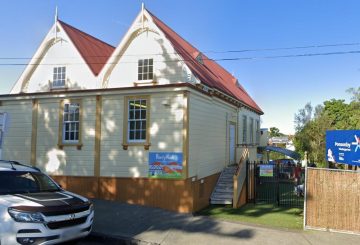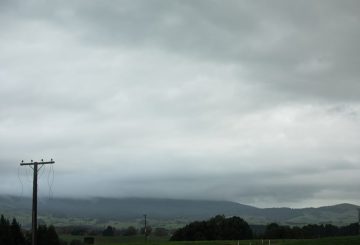Covid-19가 유행하기 시작했을 무렵인 2020년 초부터 뉴질랜드는 경보 단계 시스템을 사용해 왔다. 그리고 오는 12월 3일부터 Covid-19에 신호등 시스템을 새롭게 도입할 예정이다.
Jacinda Ardern 총리는 곧 새로운 경보 시스템이 시행될 것이라고 발표했다. “예방 접종을 받으면 일반적으로 기대하는 모든 종류의 일을 할 수 있다”는 요지를 이해하는 것이 매우 중요하다고 전했다.
“신호등 시스템”으로 불리는 이 새로운 경보 정책의 공식 이름은 Covid-19 보호 체계(Covid-19 Protection Framework)다.
신호등과 마찬가지로 이 시스템에는 빨간색, 주황색, 녹색 세 가지로 나뉜다.
각 지역의 백신 수치에 따라 해당 지역의 색깔이 결정되지만 시스템 도입일인 12월 3일에는 빨간색 또는 주황색으로만 표시된다.
“백신 비율과 감염 사례 비율을 살펴볼 계획이다. 각 색깔을 결정하는 데에 이러한 요소들이 주요하게 작용될 될 것이며, 이는 또한 실용적이기도 하다. 아시다시피, 1차 접종률이 90%에 달한다면 우리가 올바른 방향으로 가고 있음을 알 수 있게 된다.”
빨강색
• 관광 서비스 업종은 백신 인증서 확인과 함께 영업이 가능하다. 하지만 사람들의 모임에는 제한이 있으며 물리적 거리두기, 마스크 착용 및 기타 공중 보건 조치를 따라야 한다.
• 비행기, 대중교통, 택시, 소매점, 행사장 등에서 마스크 착용은 의무이며, 접촉 기록 보관과 스캔을 요한다.
• 대부분의 사람들은 재택근무를 권고 받으며, 유아 교육 센터, 학교, Kura는 위생 조치와 함께 운영 가능하다.
• 공공 시설은 최대 100명, 1미터 거리까지 개방할 수 있다. 소매점도 1미터 거리를 확보해야 한다.
• 일부 지역 이벤트에서는 최대 수용 인원이 제한된다.
주황색
• 모임에 대한 특별한 제한은 없지만 백신 인증서를 사용하지 않기로 선택한 장소는 폐쇄되거나 공중 보건 조치를 반드시 따라야 한다.
• 백신 인증서를 활용하는 경우 서비스 업종, 결혼식, 교회 및 기타 예배 장소, 공공 행사, 밀접 접촉 업종 및 체육관 등과 같은 곳에 제한이 없어진다.
• 백신 인증서를 사용하지 않으면 관광 서비스 업종 및 모임에 제한을 받는다.
• 백신 인증서를 사용하지 않으면 이벤트, 체육관 및 긴밀한 접촉이 이루어지는 곳은 운영할 수 없다.
초록색
• Covid-19 사례가 낮은 경우
• 백신 접종을 완전히 완료한 사람들은 백신 인증서를 제시하면 모든 공공 행사 및 관광 서비스 장소에 참여할 수 있다.
• 백신 인증서를 사용하지 않기로 선택하는 곳은 현재 경고 수준과 유사한 제한이 따른다.





























































